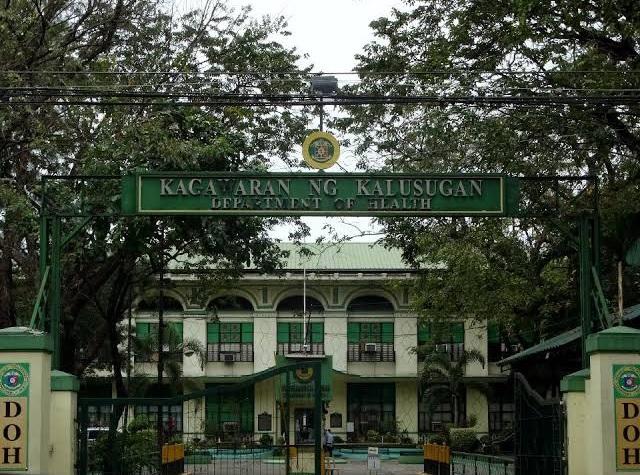2 coronavirus mutations of concern detected in Cebu —DOH 7

The Department of Health (DOH) Region 7 on Thursday announced that the Philippine Genome Center (PGC) detected two coronavirus “mutations of concern” in samples from Cebu.
DOH 7 spokesperson Dr. Mary Jean Loreche said 37 of 50 samples sequenced by the PGC showed the mutations E484K and N501Y in SARS-CoV-2, the virus that causes the coronavirus disease 2019 (COVID-19).
She added that 29 out of the 50 samples had a co-occurrence of the two mutations.
“These two mutations of concern are actually of global concern also. Hindi siya atin lang talaga. This is of global concern because, apparently, these are the mutations that are related to increased transmissibility,” she said in a briefing.
“As to the severity, we need more data on this but then again, based on what we are seeing right now, apparently, we need to be more cautious. But not too cautious that we have to lock down. It all involves each one of us to work together,” she added.
Loreche said the mutations were “no cause for panic,” citing the region’s robust isolation and contact tracing strategies.
Dr. Juanito Zuasula Jr., an epidemiologist from the Vicente Sotto Memorial Medical Center, described the mutations as “homegrown.”
“Whether this variation is virulent, we still need to study some more. But one thing is for sure, this could probably be one of the major reasons why there was a second spike,” he said.
According to the World Health Organization, however, both mutations are common in the South African variant.
“Whether this variation is virulent, we still need to study some more. But one thing is for sure, this could probably be one of the major reasons why there was a second spike,” Zuasula said.
Recoveries
DOH 7 Regional Director Jaime Bernadas said most of the cases with the mutations of concern have already recovered.
“What we intend to do further is for everyone to be aware that the virus can mutate, the virus can change its characteristics, whether it becomes more pathogenic or more virulent, it depends on how the virus adapts to its environment,” Barnadas said.
“The most important thing… is to stop transmission of the virus because the virus after it cannot get a new host. If we continue to be complacent, if we continue to allow the virus to be transmitted from person to person, there will be great possibilities that this virus can again mutate.”
Melquiades Feliciano, chief implementer of the government’s COVID-19 action plan for Visayas, said the hospital occupancy rate in the region was still in the “safe” zone.
“So we will continuously open the economy, but of course, with the strict implementation of the minimum health protocols… It’s always a strike of the balance between health and livelihood,” Feliciano said.
Last week, the DOH Epidemiology Bureau noted a “steep” uptick of COVID-19 infections in Cebu province and the cities of Cebu, Lapu-Lapu, and Mandaue but said the increase was not translating to a high healthcare utilization rate.
Loreche said the samples tested by the PGC came from the same areas identified by the DOH bureau. —LDF/NB, GMA News



